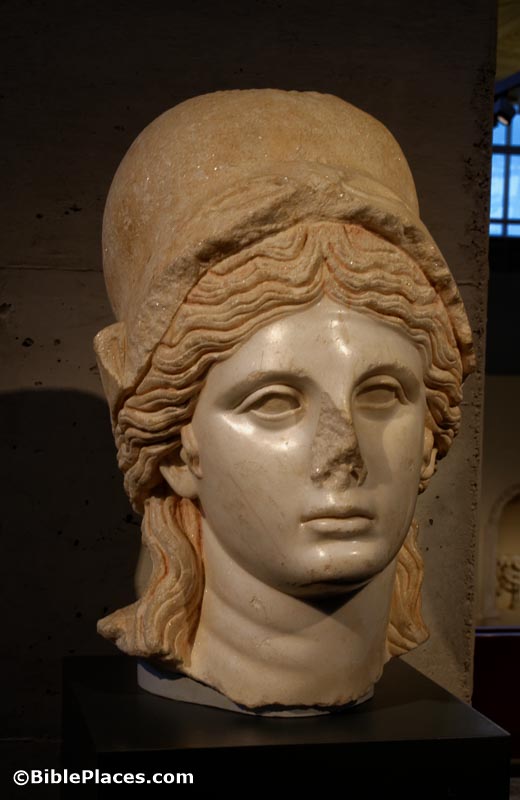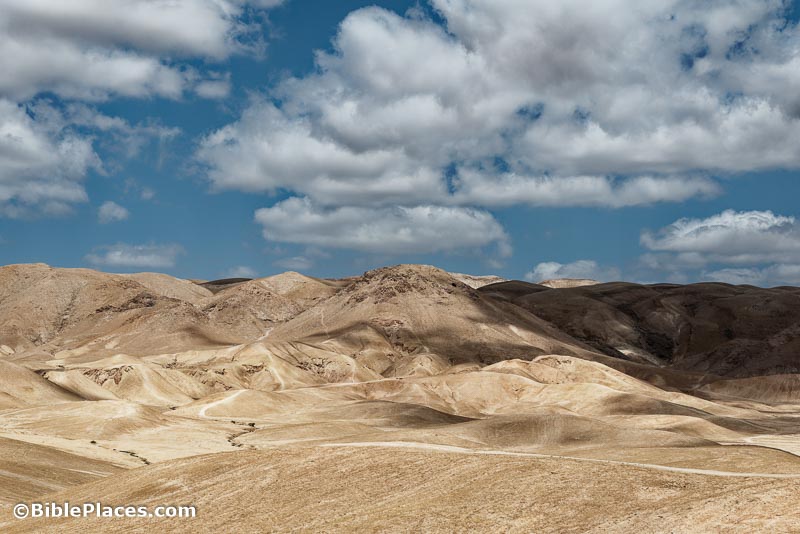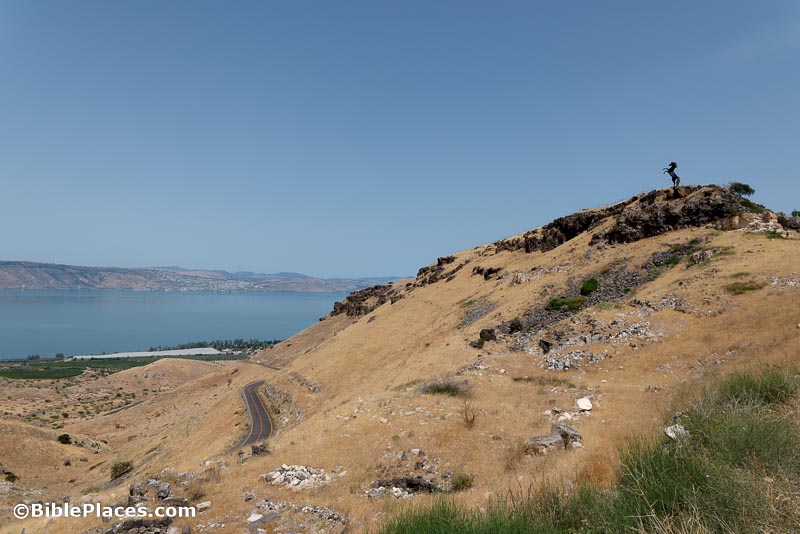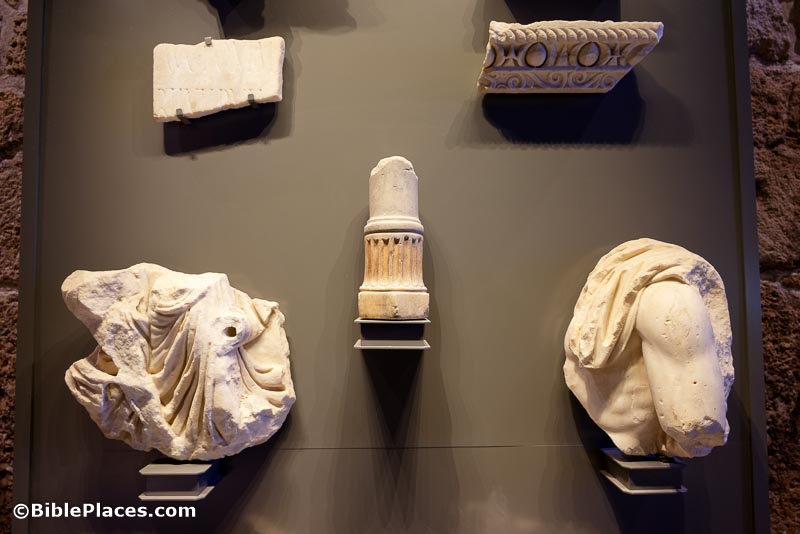An American damaged several ancient Roman statues in the Israel Museum because they are “blasphemous” and “in violation of the Torah.” See below for a pre-attack photo of one statue (and see tomorrow’s roundup for another).
“Close to 1,000 Levites from around the world converged on Jerusalem’s southern wall near the Western Wall to partake in a momentous reenactment of the ancient Levitical choir of the Temple.” The story includes a couple of short videos.
“Some 10,000 people marched to Joshua’s Altar on Mt. Ebal on Monday to demand protection for archaeological sites in the West Bank and protest against declarations of sites in the West Bank as ‘Palestinian heritage sites.’”
Paleojudaica shows how headlines gradually sensationalized the discovery of (what is now) Alexander the Great’s escort.
A new video from Bible Scenes tours 50 different areas of the virtual 3D model of Herod’s Temple Mount. The timecodes make it easy to jump to any gate, courtyard, chamber, etc. Very impressive.
Aleteia has a list of the mosaic panels discovered in the Huqoq synagogue excavation.
An inscription discovered in Jerusalem suggests that there was a guild of artisans that called themselves the “sons of Daedalus.”
Olivier Poquillon is the new director of the École Biblique in Jerusalem.
Israel Museum Studies in Archaeology Occasional Publications 1 features an iconographic study of the fresco in the Abbey of the Tomb of Mary in the Valley of Jehoshaphat, within the socio-cultural context of Crusader Jerusalem.
The Codex Sassoon, purchased for $38 million in a recent auction, has arrived at the ANU Museum in Tel Aviv.
The Book and the Spade pulls out of the archive a 1996 interview with Anson Rainey about the House of David Inscription in context.
In celebration of his 45th wedding anniversary, Leen Ritmeyer shares how he met Kathleen and their early work together in the Byzantine monasteries in the Judean wilderness. He includes many photos and drawings.
HT: Agade, Ted Weis, Arne Halbakken, Charles Savelle, Explorator



